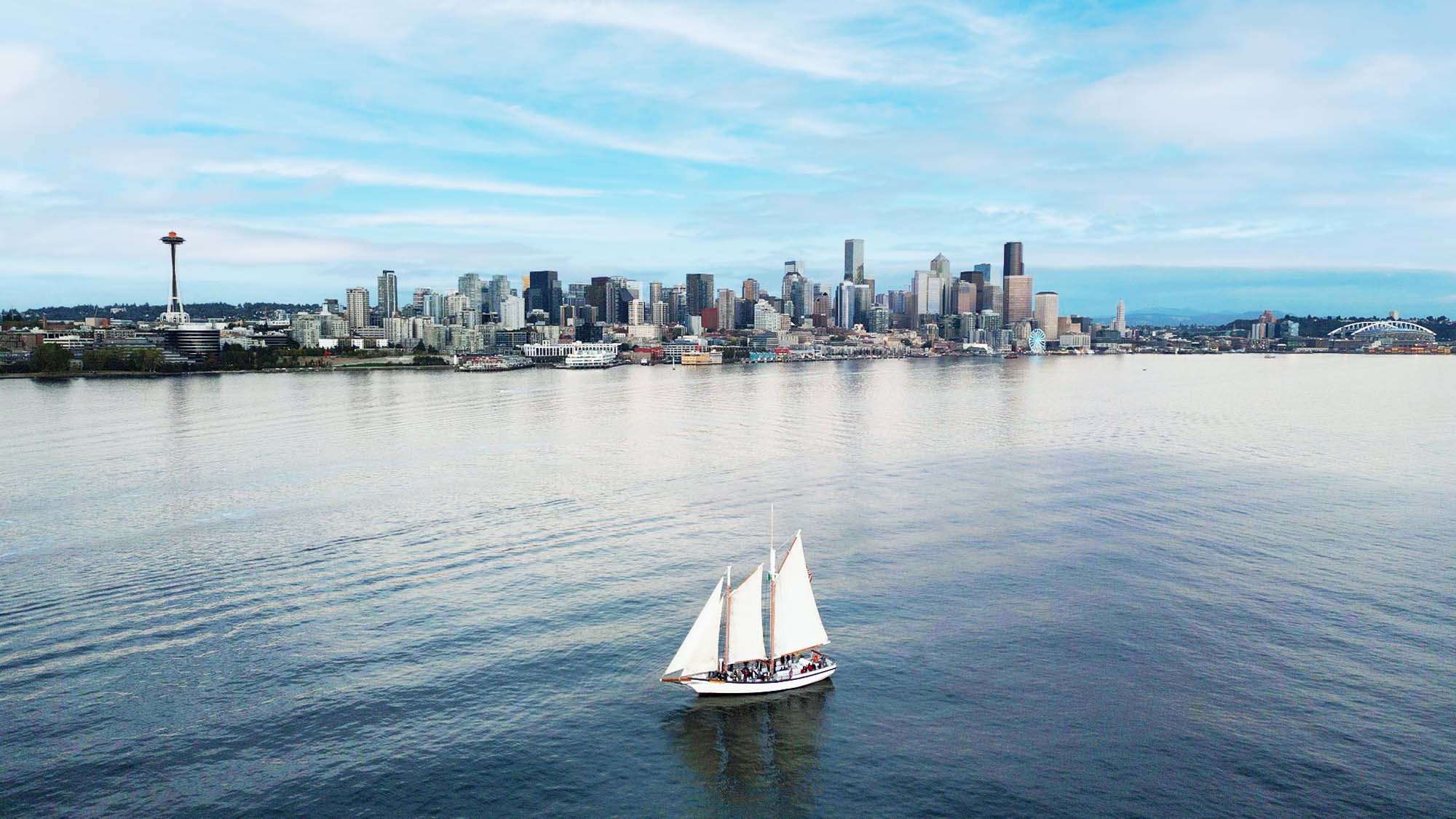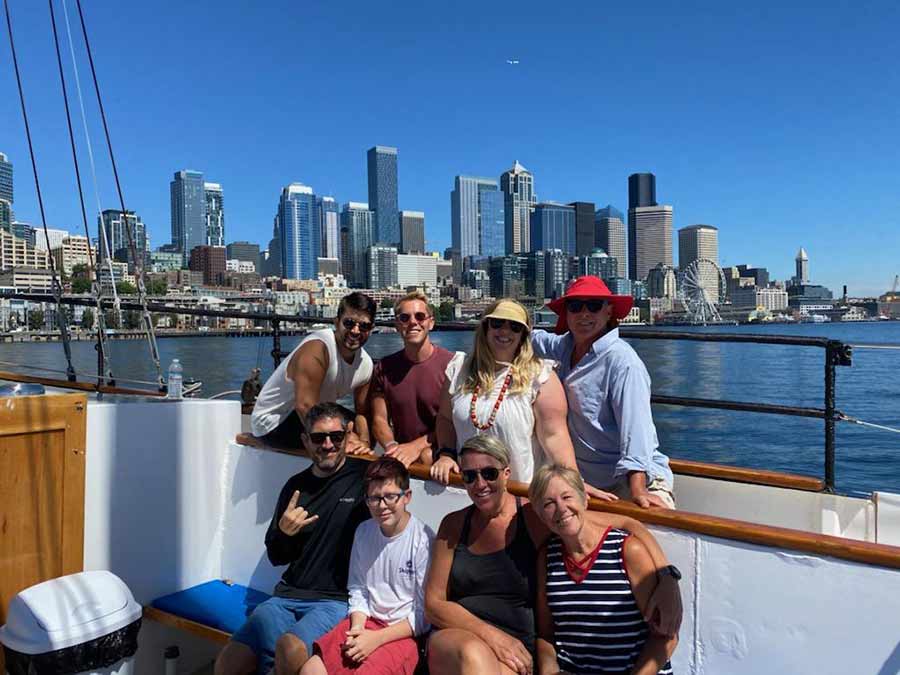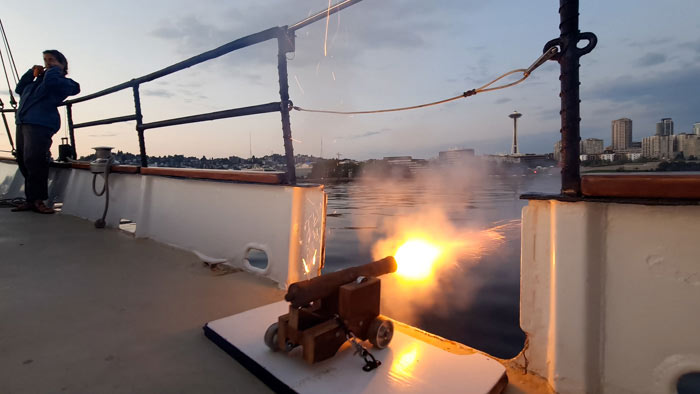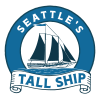
Seattle‘s Gold Rush History: What You Might Not Know
Seattle’s Gold Rush history doesn’t always get the spotlight, but it played a huge role in shaping the city’s growth and identity. This article takes a closer look at how the rush for Yukon gold transformed Seattle’s economy, fueled its maritime rise, and left behind a legacy that’s still visible along the waterfront today.

A City on the Edge, Waiting for Its Moment
Seattle wasn’t always a polished city full of cranes and glass. In the 1890s, it was still muddy in places, still getting organized. The downtown core was growing, but the edges were rough. Then the Klondike Gold Rush happened. News broke that gold had been discovered in the Yukon, and Seattle changed almost overnight.
A steamer pulled into port carrying miners and a load of gold. That was July 1897. Headlines called it a “ton of gold,” and papers all over the country ran with the story. Seattle saw its opening. The city threw itself into the moment and started calling itself the “Gateway to the Gold Fields.” But it wasn’t just about the name. Seattle backed it up with real infrastructure — supply depots, shipping routes, ads in national newspapers. The city leaned into the chaos and started becoming something bigger. That was a defining moment in Seattle’s gold rush history, as it pushed the city into the spotlight, and it never fully stepped back.
The Gold Was Somewhere Else, But the Business Happened Here
The gold wasn’t sitting in Seattle. It was thousands of miles north, buried in frozen rivers and far-off valleys. But that didn’t stop the city from turning itself into the launch point for thousands of people chasing a dream. Seattle printed flyers, hung signs at train stations, and opened warehouses full of gear. You could show up with cash and leave town with a full Klondike outfit, ready to head north.
Outfitters made good money. So did dock workers, shipping agents, warehouse managers, hotel owners, and blacksmiths. Seattle grew quickly, not because it had gold, but because it knew how to sell the promise of it. Sawmills added shifts. Stores extended hours. Companies launched steamer lines that ran from Seattle to Alaskan ports like Skagway and Dyea. Those towns were often covered in snow, blocked by ice, or so remote that getting there was a trip in itself. But Seattle kept things moving.
The hustle paid off. Seattle in the Gold Rush era was messy, fast, and loud. That spirit stuck around. If you want to dig deeper, the Klondike Gold Rush National Historical Park has a collection of original documents and exhibits right in the heart of downtown that help bring Seattle’s gold rush history to life.

Looking for an unforgettable day on the water? Seattle’s Tall Ship’s “Bay Lady” offers a unique opportunity to experience the magic of tall ship sailing in the heart of Seattle. Step aboard this magnificent vessel and sail into history as you take in the beauty of Elliott Bay and the Seattle skyline. Don’t miss your chance to embark on a one-of-a-kind adventure—book your sail today!




Guests enjoy the sights and sounds of a tall ship tour onboard Seattle’s Tall Ships, “The Bay Lady”.
Most People Didn’t Find Gold. Seattle Did Anyway.
Thousands of people bought supplies and headed north, but not many found much gold. Some never made it past customs in Canada. Others ran out of money or turned around before they even crossed the mountains. The ones who came home with full pockets were rare.
But back in Seattle, the picture was different. The local economy was thriving. Outfitters opened second locations. Boarding houses filled up. Families invested in land, and industries like timber, food processing, and transportation grew to meet the demand. The city wasn’t booming because of gold. It was growing because of what it could offer to people who were chasing it.
There are names you might still recognize from that time. John Nordstrom returned from the Yukon with enough money to start a small shoe store. George Frye’s meat-packing business grew as more ships left port carrying food to remote settlements. Henry Yesler’s lumber operations picked up steam as more docks and buildings went up around the waterfront.
The energy was contagious. Seattle in the Gold Rush era felt like a city just starting to believe in itself.


Ships Moved the Gold. And Everything Else.
Without ships, none of it would have worked. Gold, gear, letters, passengers — everything moved by water. The docks at the foot of Seattle’s hills were packed with wooden crates, tangled ropes, and men shouting instructions. Horses pulled wagons down to the waterline. Steamers blew their whistles and vanished into the fog heading north.
Some ships were fast and clean. Others were overloaded and barely seaworthy. There were wooden schooners, modified fishing boats, freight barges, and even passenger vessels fitted with extra storage just to carry more cargo. Every space that could hold gear was filled.
It wasn’t glamorous. But it worked. Seattle’s shipyards took off during this time, hiring more workers and building vessels as quickly as they could. Crews worked long hours. Many of the men had never sailed before, but they learned quickly or moved on. The rush created jobs, and the jobs helped create a maritime industry that still shapes the city.
If you picture the waterfront back then, you can imagine the clatter and the motion. You can still see it, in some ways, every time you watch a container ship pull into Elliott Bay or hear the ferry horns echo in the early morning.
Some of That Story Is Still Here
The Gold Rush changed Seattle, but not all of that history disappeared. If you know where to look, you can still see pieces of it.
At MOHAI, the Museum of History & Industry, you can walk through displays of maps, tools, photos, and artifacts that came out of the Gold Rush era. You’ll see the outfits people bought, the ads they read, the routes they traveled. The museum tells the story not just of those who left for gold, but of those who stayed behind and built something lasting.
Pioneer Square still holds onto some of that early energy. The streets are paved now, but many of the brick buildings went up during or just after the rush. Walk past the storefronts and you’ll notice architectural details from a different time. Some of the old warehouse spaces have been turned into offices or restaurants, but the bones are the same.
You’ll also find traces in the port, in place names, and in neighborhoods like Ballard and West Seattle. Those areas grew because the city was learning to connect — by rail, by boat, and eventually by road. The movement started during the Gold Rush, and it hasn’t stopped.

The Past Still Sails Here
The deeper story behind Seattle in the Gold Rush era isn’t just about gold. It’s about movement. People arrived in a hurry, full of hope. Ships left crowded with supplies. The waterfront felt alive in a way that’s hard to describe unless you’ve stood beside it and heard the water slap against the pilings.
You can still feel some of that rhythm today. One of the clearest ways is by getting out on the water. A sailing tour with Seattle’s Tall Ship brings you back into that moment, when ropes strained, sails caught the wind, and the city slipped into the distance. It’s not a museum piece. It’s a working ship that moves like the old ones did — quietly, steadily, with a view of the shoreline that hasn’t changed as much as you might think.
Step on deck. Let the sails rise overhead. It won’t take long to imagine what it might have felt like to be part of it.

A Legacy Still Moving
Seattle may not have had gold in its soil, but it knew how to move people, build ships, and stay one step ahead of opportunity. The Gold Rush pushed the city forward in ways that still echo today, especially along the water. If you want to feel that history for yourself, the sails are still up — and the shoreline is still waiting.
Book a sail with Seattle’s Tall Ship
If you have never experienced the thrill of sailing on our tall ship, there is no better time to try than now. With multiple sailing times and experiences available, our family-friendly harbor experiences are a must-do Seattle activity. Join us today!
